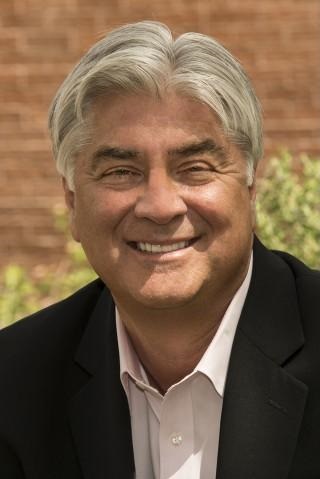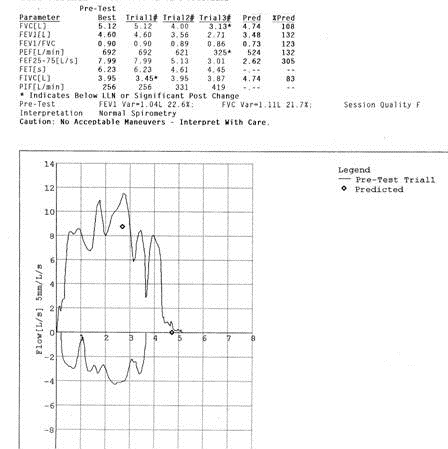January 2014 Arizona Thoracic Society Notes
 Friday, January 24, 2014 at 5:32AM
Friday, January 24, 2014 at 5:32AM The January Arizona Thoracic Society meeting was held on Wednesday, 1/22/2014 at Shea Hospital beginning at 6:30 PM. There were 11 in attendance representing the pulmonary, critical care, sleep, pathology and radiology communities.
A discussion was held how to encourage attendance of young physicians to the Arizona Thoracic Society. A short presentation was made by Rick Robbins on the SWJPCC reiterating the material published in the yearly report from the editor (1).
Three cases were presented:
Dr. Tom Colby from the Pathology at the Mayo Clinic Arizona presented the first case. The patient was a 62 year old with polycythemia vera and shortness of breath. CT scan showed diffuse ground glass densities. The right ventricle and the pulmonary artery were slightly enlarged. A VATS lung biopsy was performed. The biopsy showed an increase in megakarocytes, immature red blood cells and immature white cell precursors consistent with extramedullary hematopoiesis. There was no fibrosis. There was a marked increase in CD34 staining consistent with alveolar septal capillary proliferation. Review of three other similar cases revealed similar findings. Dr. Colby questioned whether the endothelial proliferation could contribute to the clinical and radiologic findings. Suggestions were made to obtain pulmonary function testing, echocardiography and arterial blood gases. Depending on results it was felt that pulmonary hypertension needed to be excluded and he might require a right heart catherization.
Lewis Wesselius also from the Mayo Clinic Arizona presented a 53 year old woman from Indiana with a history of chronic cough and progressive shortness of breath since May 2013. Echocardiography showed 16% left ventricular ejection fraction. She had a biventricular pacemaker placed. A clinical diagnosis of sarcoidosis with a dilated cardiomyopathy was made but the patient did no improve on corticosteroids and methotrexate. CT scan of the chest showed some mosaic attenuation. There were no perilymphatic abnormalities as often seen in sarcoidosis. A VATS biopsy was performed. Histology revealed a proliferation of neuroendocrine cells within the airways forming tumorlets. A diagnosis of diffuse idiopathic pulmonary neuroendocrine cell hyperplasia (DIPNECH) or a diffuse carcinoid tumor was made. Previously, 24 cases of DIPNECH were reported in the American Journal of Respiratory and Critical Care by Nassar et al. (2) but none had cardiomyopathy. It was questioned whether her cardiomyopathy could be secondary to DIPNECH.
Jessica Hurley from Bethesda North Hospital presented a 27 year old man with asthma, recurrent pneumonia, dyspnea and progressive hypoxia. He had an elevated IgE but less than 1000. Thoracic CT scan showed diffuse consolidation. Cultures were negative. He was placed on high dose corticosteroids but his hypoxia progressively worsened. A lung biopsy was performed and revealed broncholitis. No definitive diagnosis was apparent and it was felt there was more going than asthma but there were differing opinions on how to proceed. The biopsy will be reviewed by the lung pathologists at Mayo Clinic Arizona.
There being no further business the meeting was adjourned at about 8:30 PM. The next meeting is scheduled for Wednesday, February 26, 6:30 PM at Scottsdale Shea hospital.
Richard A. Robbins, M.D.
References
- Robbins RA. The tremedous threes! annual report from the editor. Southwest J Pulm Crit Care. 2014:8(1):1-3. [CrossRef]
- Nassar AA, Jaroszewski DE, Helmers RA, Colby TV, Patel BM, Mookadam F. Diffuse idiopathic pulmonary neuroendocrine cell hyperplasia: a systematic overview. Am J Respir Crit Care Med. 2011;184(1):8-16. [CrossRef] [PubMed]
Reference as: Robbins RA. January 2014 Arizona thoracic society notes. Southwest J Pulm Crit Care. 2014:8(1):66-7. doi: http://dx.doi.org/10.13175/swjpcc006-14 PDF


